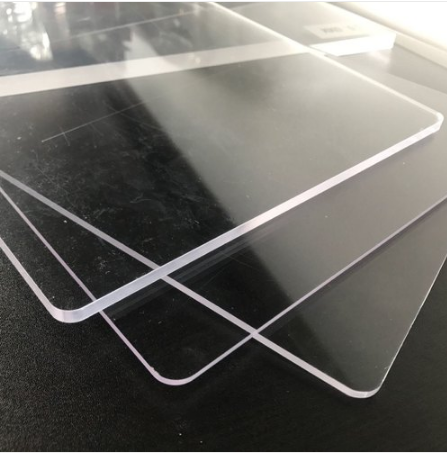Acrylic glass shields have become ubiquitous at offices, grocery stores and restaurants across the country in the coronavirus age. They were even installed on the vice presidential debate stage.
Given that they’re just about everywhere, you may wonder how effective they actually are.
Businesses and workplaces have pointed to acrylic glass dividers as one tool they are using to keep people safe against the spread of the virus. But it’s important to know there’s little data to support their effectiveness, and even if there were, the barriers have their limits, according to epidemiologists and aerosol scientists, who study airborne transmission of the virus.
The Centers for Disease Control and Prevention (CDC) has offered guidance to workplaces to “install physical barriers, such as clear plastic sneeze guards, where feasible” as a way to “reduce exposure to hazards,” and the Labor Department’s Occupational Safety and Health Administration (OSHA) has issued similar guidance.
That’s because the acrylic glass shields can in theory protect workers against large respiratory droplets that spread if someone sneezes or coughs next to them, say epidemiologists, environmental engineers and aerosol scientists. Coronavirus is thought to spread from person to person “mainly through respiratory droplets produced when an infected person coughs, sneezes or talks,” according to the CDC.
But those benefits haven’t been proven, according to Wafaa El-Sadr, professor of epidemiology and medicine at Columbia University. She says there have not been any studies that examined how effective acrylic glass barriers are at blocking large droplets.
Post time: May-28-2021




